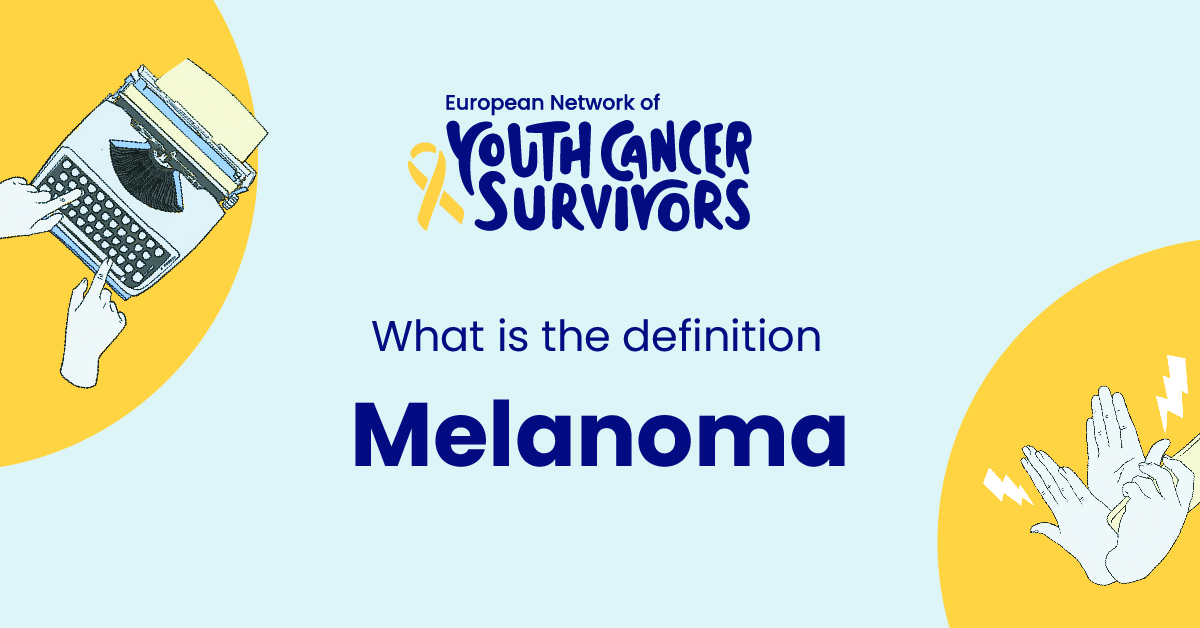
Melanoma, a term that sparks apprehension and fear, is a type of skin cancer that develops in the pigment-producing cells known as melanocytes. As a leading form of skin cancer, Melanoma is swift to spread and significantly fatal if not detected and treated early. Therefore, it is of paramount importance that individuals have an understanding of this malignant disease.
The purpose of this piece is to dispel the fog and provide a thorough understanding of Melanoma – from its causes, symptoms, stages, treatment options, prevention strategies, to life after diagnosis.
Defining Melanoma
To understand what we are up against, let’s define Melanoma. From a medical perspective, Melanoma is a severe form of skin cancer which arises when the pigment-producing cells, melanocytes, mutate and become cancerous. It’s the most aggressive and potentially lethal form of skin cancer, capable of spreading rapidly to other parts of the body if not treated promptly.
However, this shouldn’t lead to despair, as understanding and knowledge are powerful tools for prevention and early treatment.
Understanding the Causes of Melanoma
So what causes melanoma? The genesis of this disease lies in skin cell damage. When the DNA in your skin cells is harmed and does not repair itself properly, it leads to cell mutations, abnormal growth, and ultimately melanoma.
Major causes of Melanoma include exposure to ultraviolet (UV) light from the sun or tanning beds, genetic predisposition, having many moles or abnormal moles, and a weakened immune system.
Symptoms and Indicators of Melanoma
Identifying Melanoma early in its stage can significantly impact the trajectory of the disease. Some regular signs include changes in existing moles or the development of new pigmented or unusual-looking growths on your skin.
Healthcare professionals often use the ABCDE rule to help people distinguish between normal moles and potential melanomas: Asymmetry (one half is unlike the other), Border (an irregular, scalloped or poorly defined border), Color (varies from one area to another), Diameter (while melanomas are usually greater than 6mm they can be smaller), Evolving (a mole or skin lesion that looks different from the rest or is changing in size, shape or color).
Stages and Severity of Melanoma
Once detected, melanoma is classified according to its stage of growth. There are five stages, from stage 0 (in situ) to stage IV (has spread to other organs). As the stage number increases, so does the severity and risk of the cancer spreading, increasing the complexity of the treatment process.
There’s a direct correlation between the stage of melanoma and its severity – the higher the stage, the more severe the condition, thereby emphasizing the need for early detection and diagnosis.
Get to know us better
If you are reading this, you are in the right place – we do not care who you are and what you do, press the button and follow discussions live

Treatments for Melanoma
There exist a variety of treatments for melanoma, including surgery, radiation therapy, immunotherapy, targeted therapy, and chemotherapy, depending on the stage and location of the melanoma.
Fortunately, research on melanoma treatment is advancing rapidly, and new, more efficient therapies, driven by a better understanding of the disease, such as immunotherapies and targeted therapies, have provided more survivorship options for patients.
Preventing Melanoma
No conversation about Melanoma is complete without addressing prevention. It’s estimated that about 90% of melanomas are preventable, primarily through minimizing UV exposure and practicing sun protection.
Lifestyle changes such as applying sunscreen, wearing protective clothing, avoiding direct sunlight during peak UV radiation hours, not using tanning beds, and examining your skin regularly can significantly reduce the risk of developing melanoma.
Living with Melanoma
Being diagnosed with Melanoma is not the end of life; Many individuals live fulfilling lives with the right treatment, lifestyle adjustments, and emotional support.
Strategies such as working closely with your healthcare team, having a healthy diet, physical activity, stress management therapies, and joining support groups are being implemented to help melanoma patients cope with the disease.
Conclusion
This article fabricates a pathway to understanding Melanoma – from its causes to the various preventative measures one could take. By educating ourselves about this disease, we take a significant step in prevention, early diagnosis, and the successful treatment of Melanoma.
Frequently Asked Questions
- What are the main risk factors for Melanoma?
Risk factors involve UV exposure, certain skin types, geographical location, weakened immune system, and family history of melanoma.
- How do I know if a mole or skin lesion is cancerous?
Look for any changes in shape, color, size, or new development. If doubt exists, consult with a dermatologist promptly.
- Is Melanoma always caused by sun exposure?
No, while sun or UV exposure is a major risk factor, it’s not the only one. Genetic factors, weakened immune system, and certain environmental exposures can also contribute to it.
- What treatments are most effective for Melanoma?
Treatment effectiveness varies based on the stage of melanoma but may include surgery, radiation therapy, immunotherapy, targeted therapy, and chemotherapy.
- Is it possible to live a normal life with a Melanoma diagnosis?
Yes, with early detection, appropriate treatments and continuous care, individuals with melanoma can still live fulfilling lives.

















Comments
Thank you. Comment sent for approval.
Something is wrong, try again later